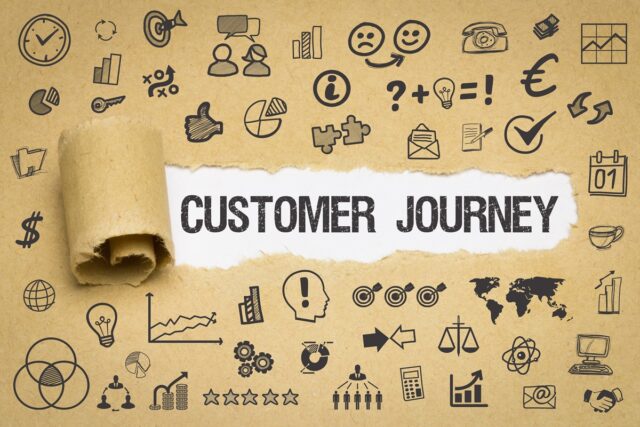October 31, 2025
HR Leaders Plan a Tech Overhaul as Automation Becomes a 2026 Priority

By the end of next year, a lot of HR departments will look very different — or at least that’s the plan.
Paycom’s new research shows that 43% of HR professionals want to put technology upgrades at the top of their 2026 agenda. The survey, run by PSB Insights with over a thousand HR decision-makers across the U.S., found that 75% companies expect to buy new HR or payroll software in the next year.
Ask anyone in HR why, and you’ll probably hear the same thing such as too many manual tasks, too many disconnected systems. About a third of those surveyed said repetitive admin work eats up too much time. Another chunk blamed unreliable or scattered data for slowing everything down.
Why Automation Matters Now
A separate study from Forrester earlier this year tells a similar story. HR and payroll teams are juggling an average of six different providers just to keep basic operations running. Seventy-seven percent keep their employee data spread across multiple databases, and most admit that makes it hard to pull clean workforce reports.
So it’s no surprise that 91% of Forrester’s respondents said they’d prefer a single HCM system built on one database. Roughly 84% believed it would improve accuracy and business results. In plain terms: HR wants to stop copy-pasting data between systems and start trusting the numbers again.
This is about letting people focus on real work. HR has long been buried under tasks that could be automated — payroll inputs, compliance tracking, endless updates to employee files. Handing that over to a smarter system means HR teams can finally spend more time on what matters: culture, growth, and retention.
What Else HR Wants in 2026
The same report lists other big goals, like developing and reskilling employees, using AI in HR functions, improving engagement and well-being, and keeping good people from leaving. Tech may be first on the list, but it’s not the whole story.
Speaking of employee well-being, it is no secret that it has become a key part of an organisation that has engaged employees. Engaged employees, in turn, are more productive, less likely to be absent, less likely to burn out, and much more satisfied, which, as a result, shows up clearly in business metrics.



